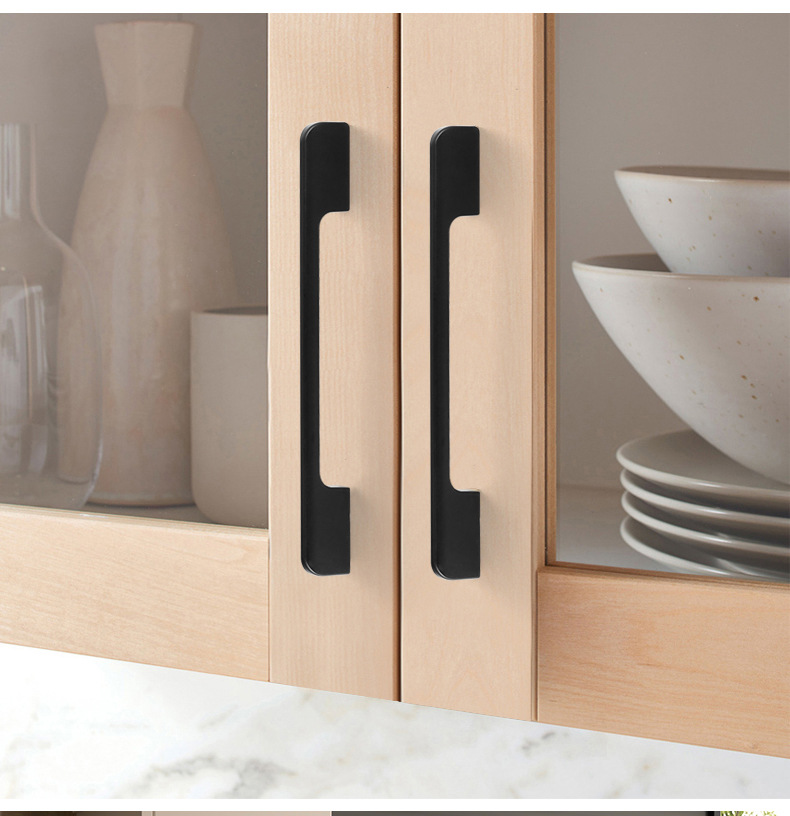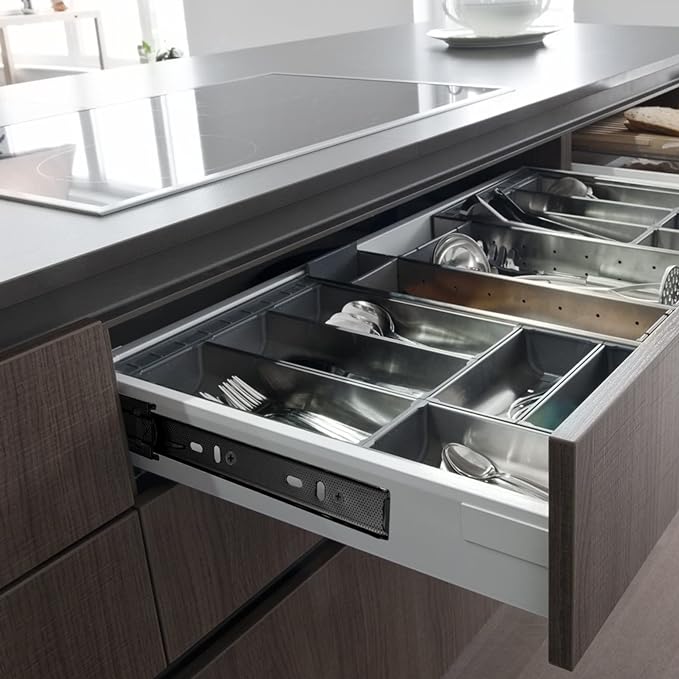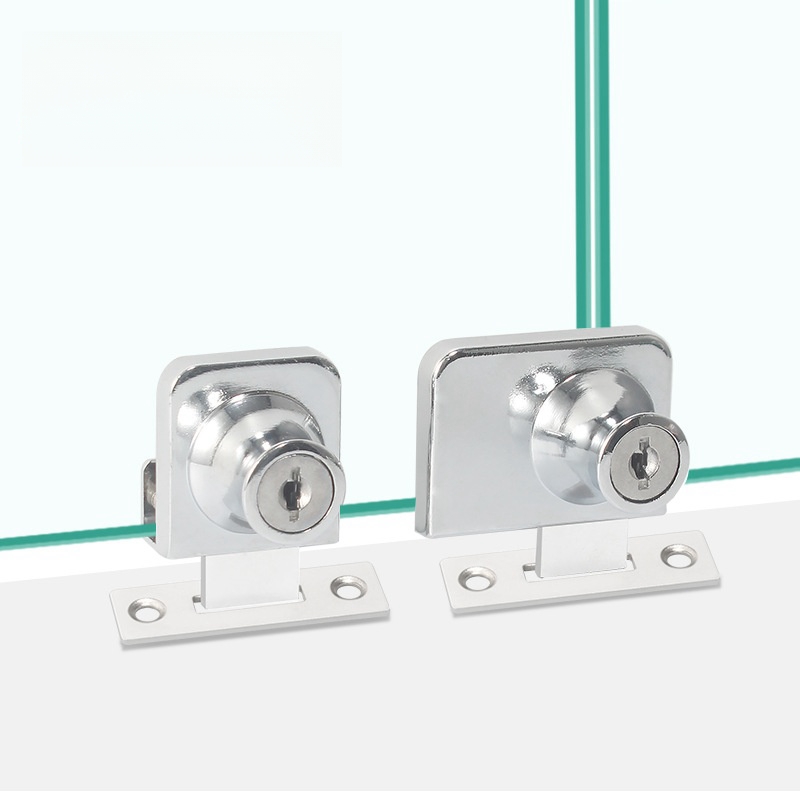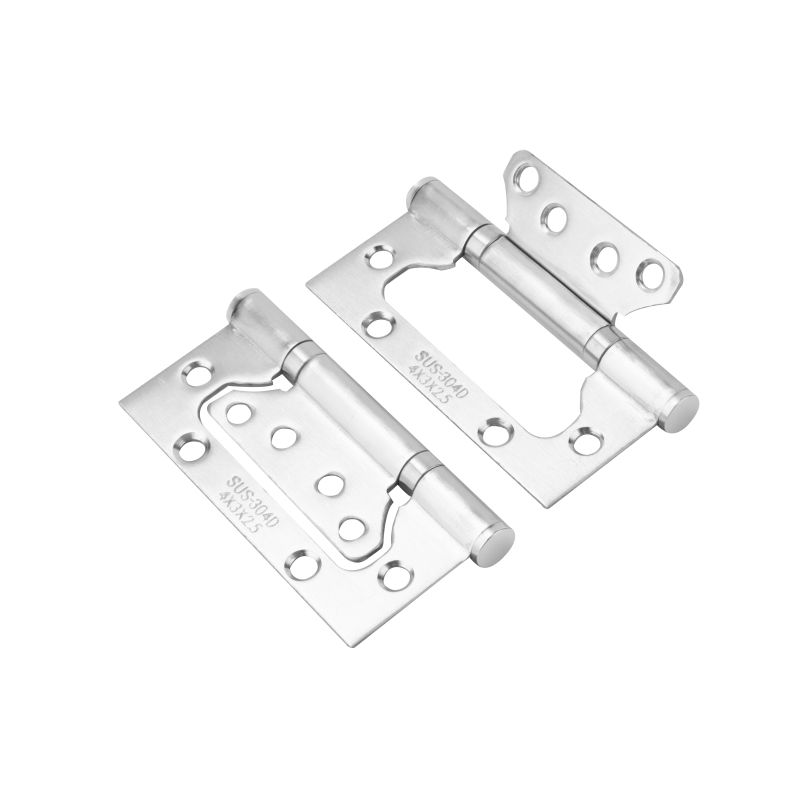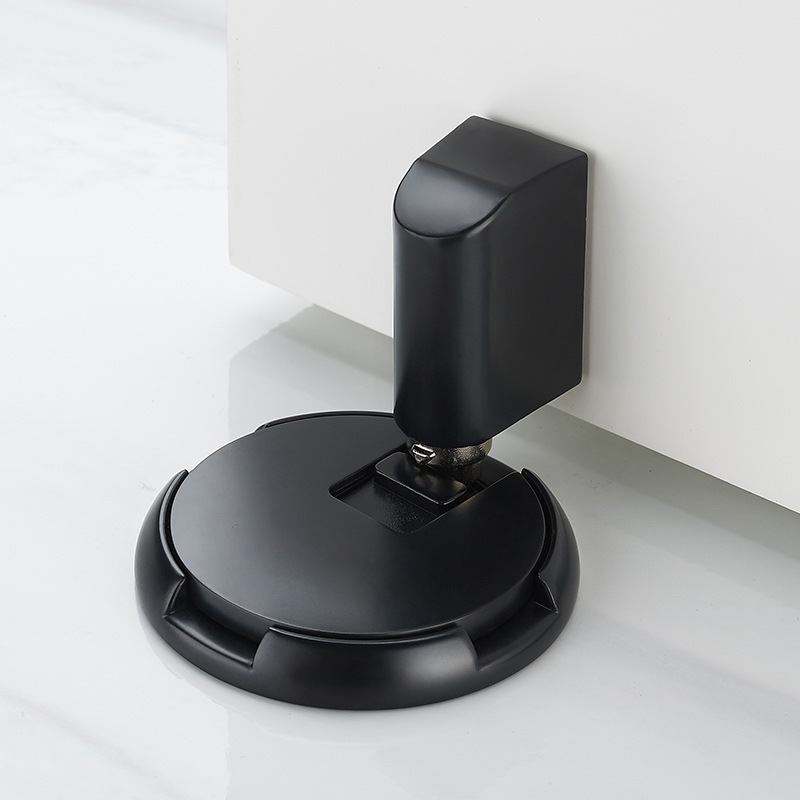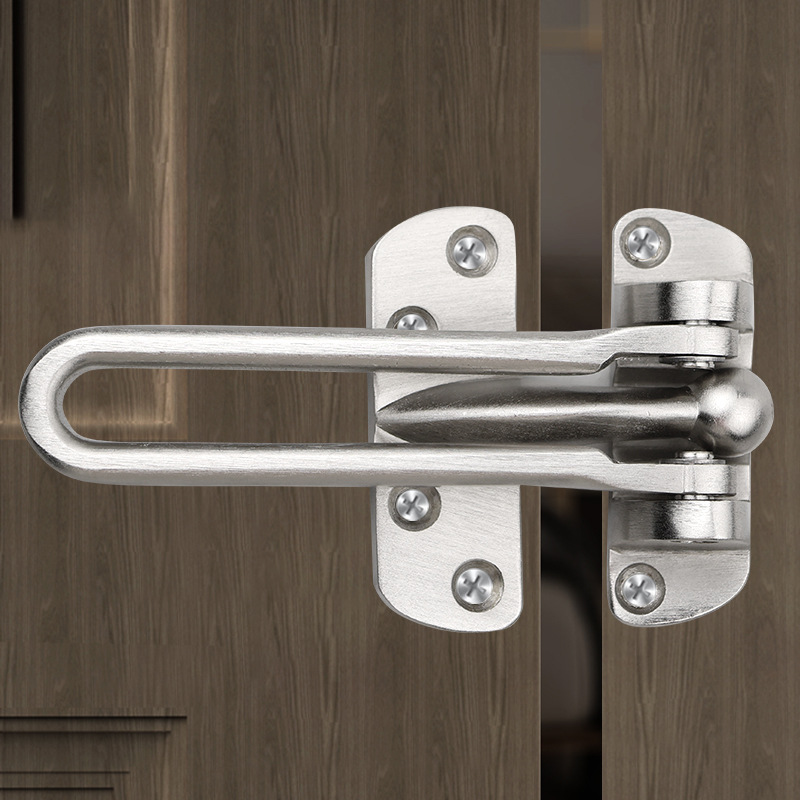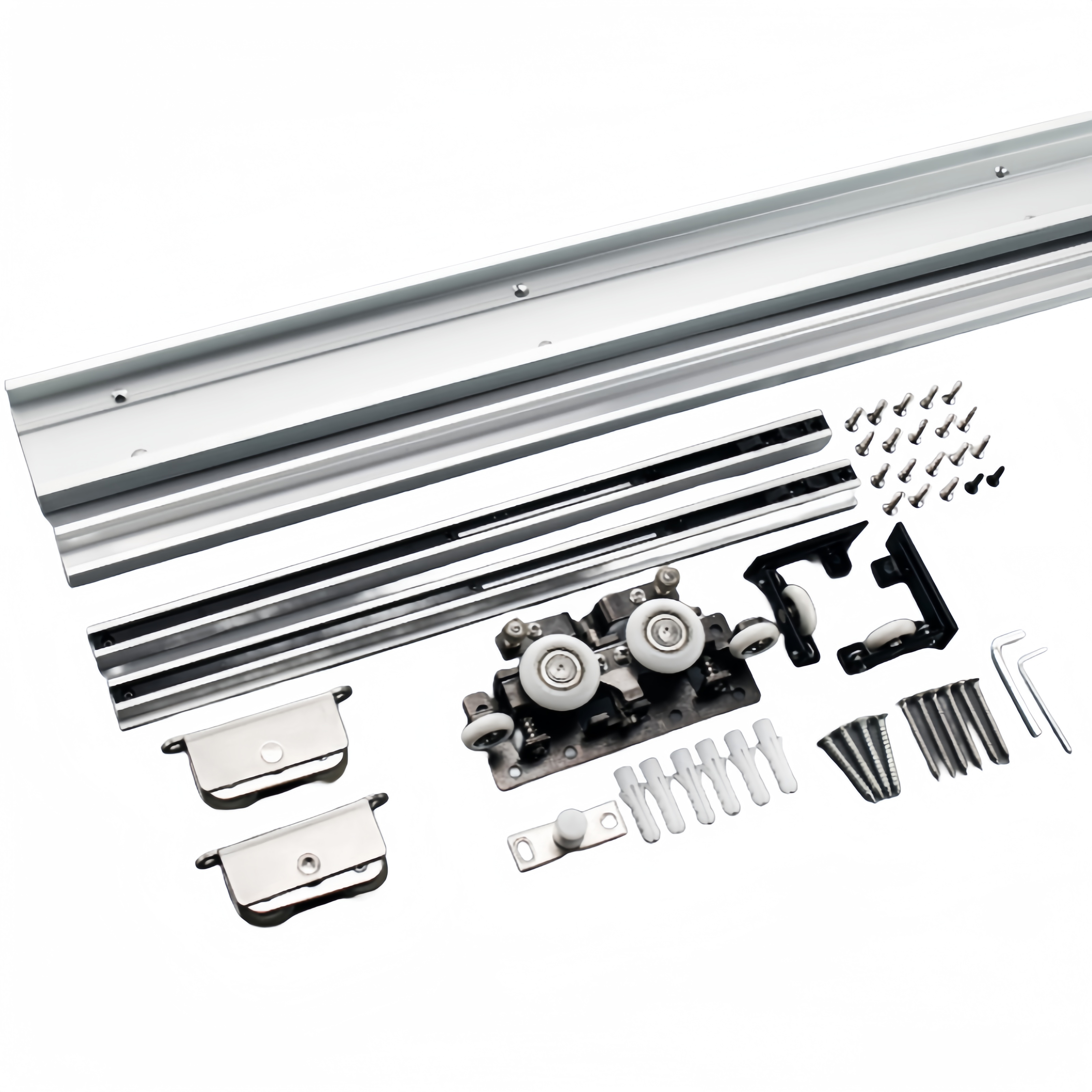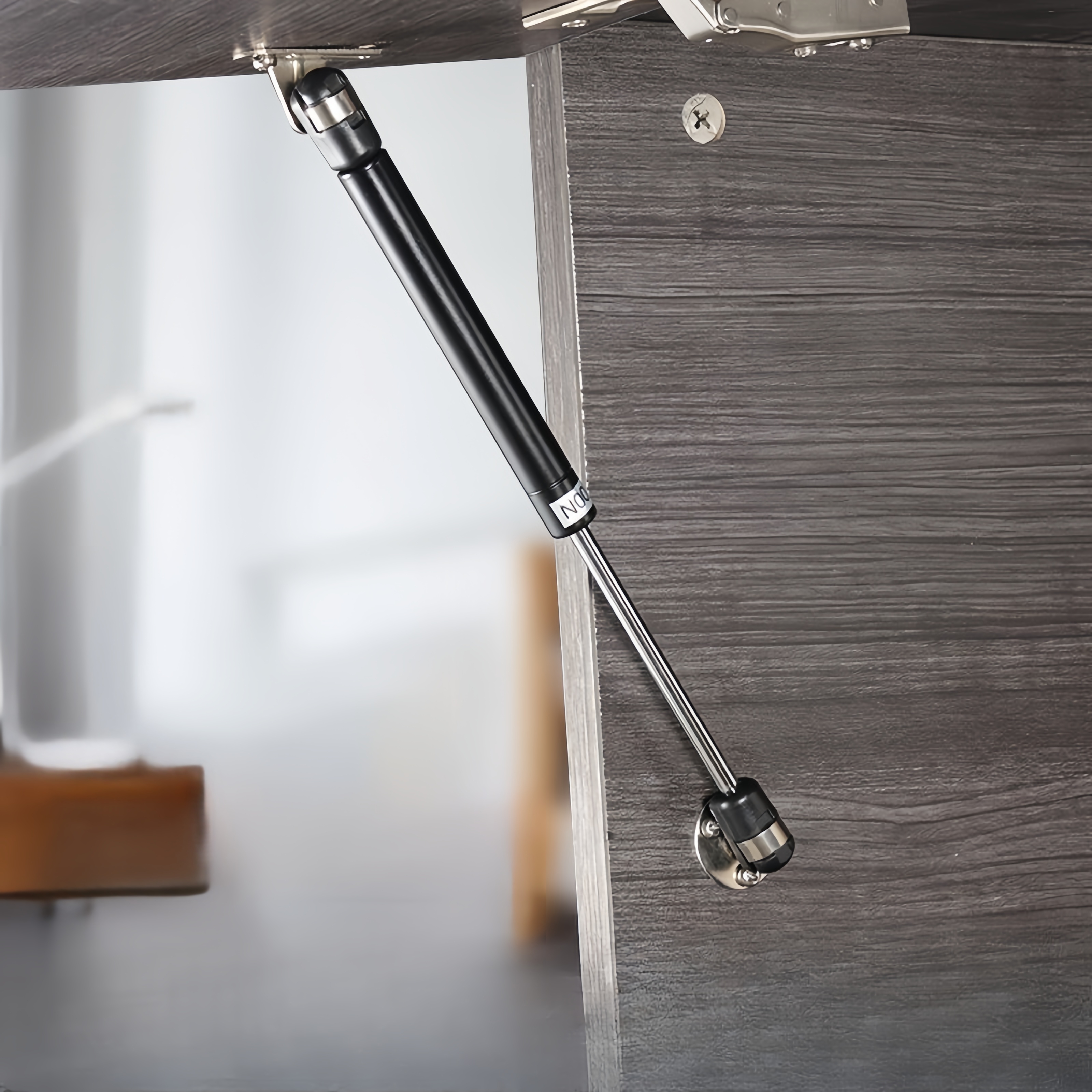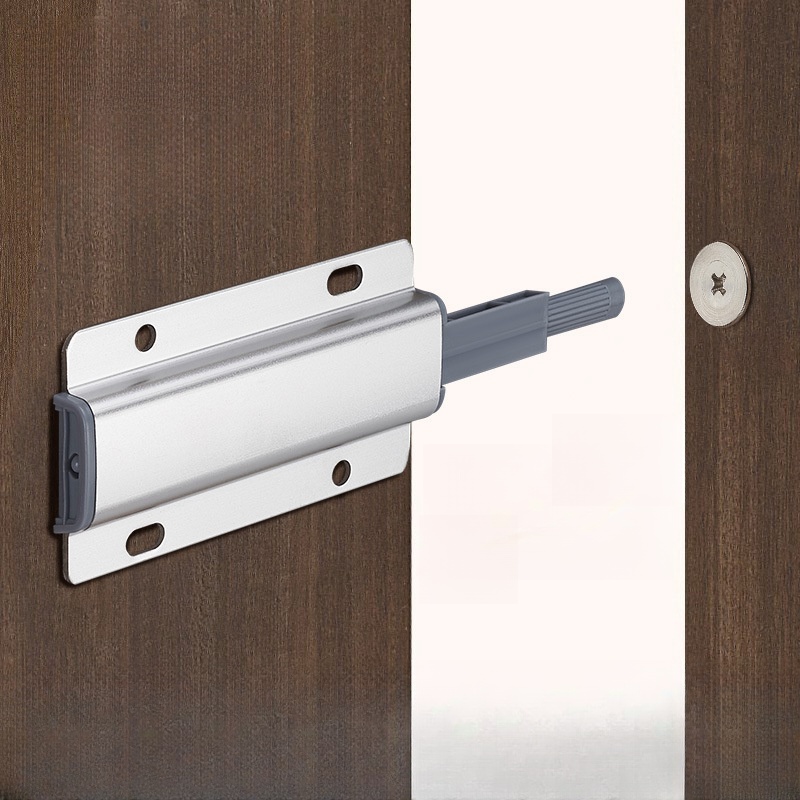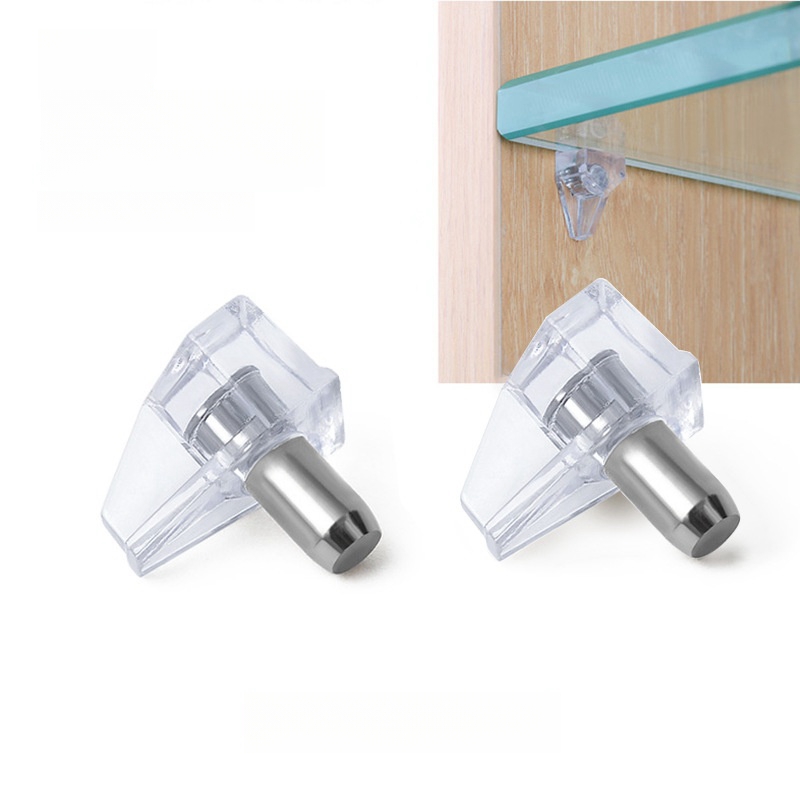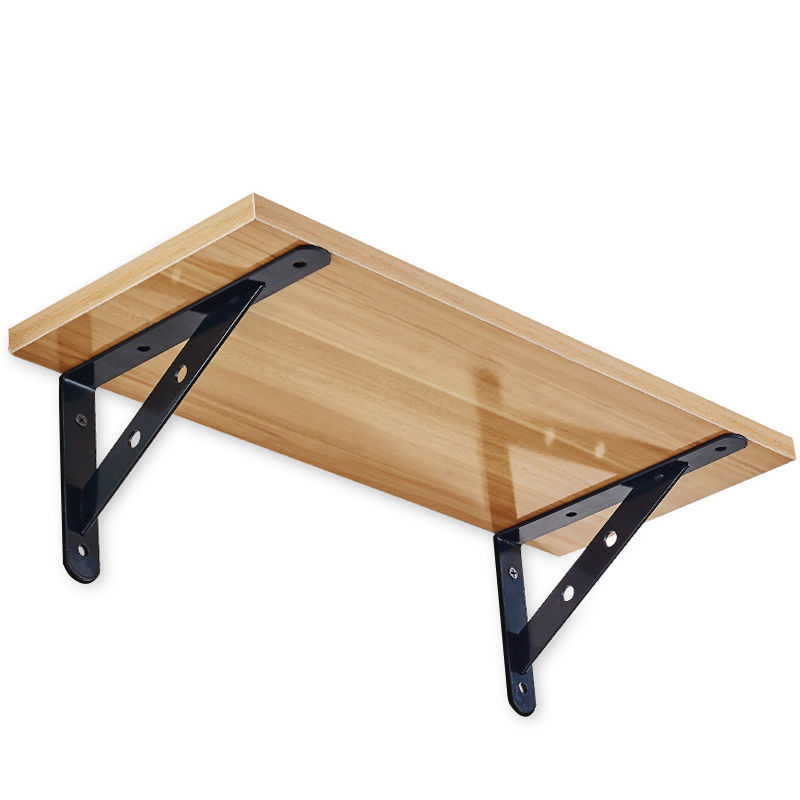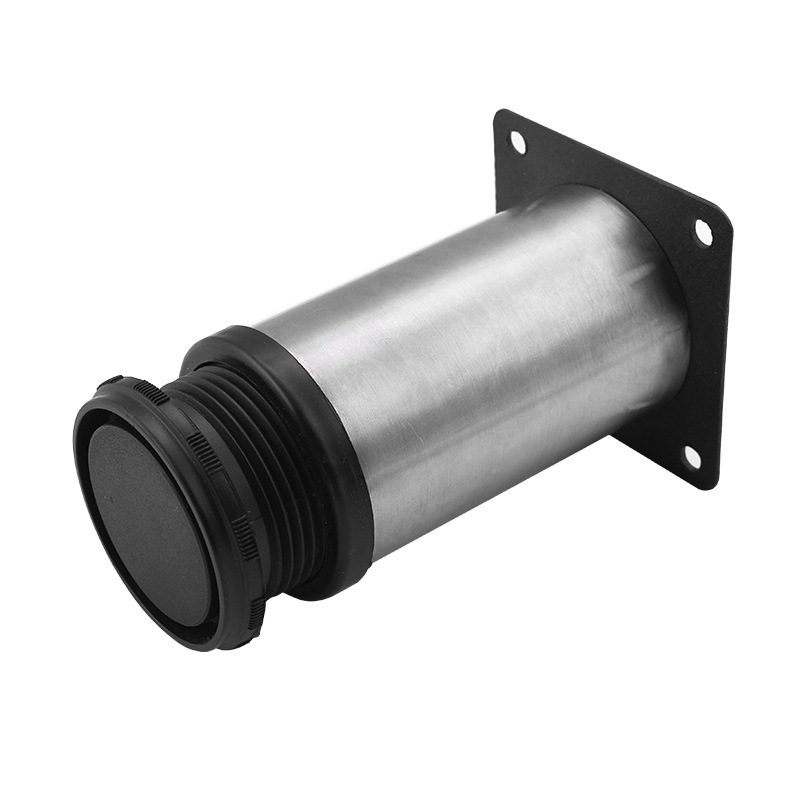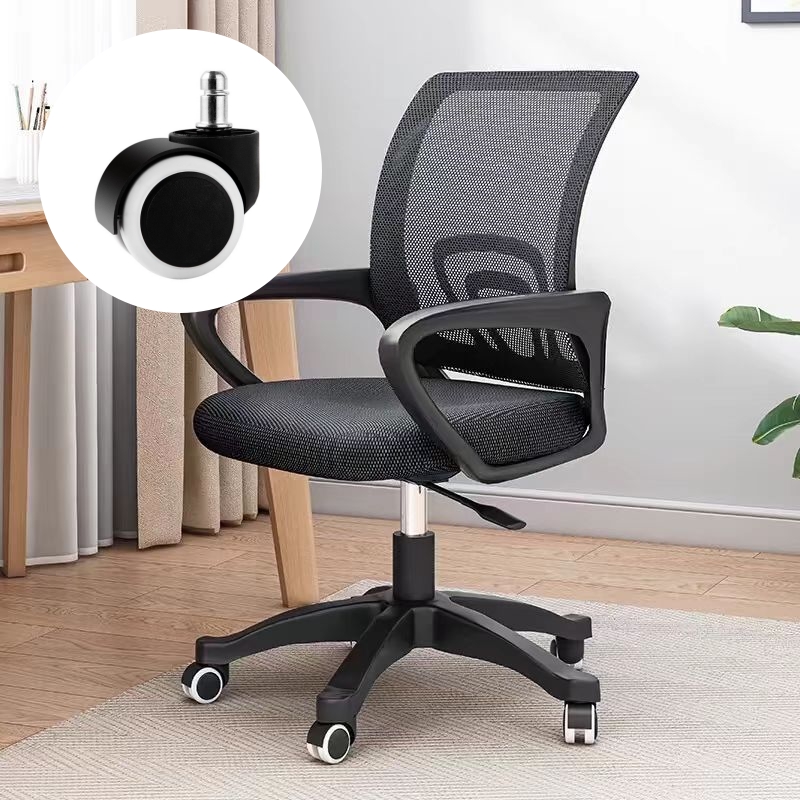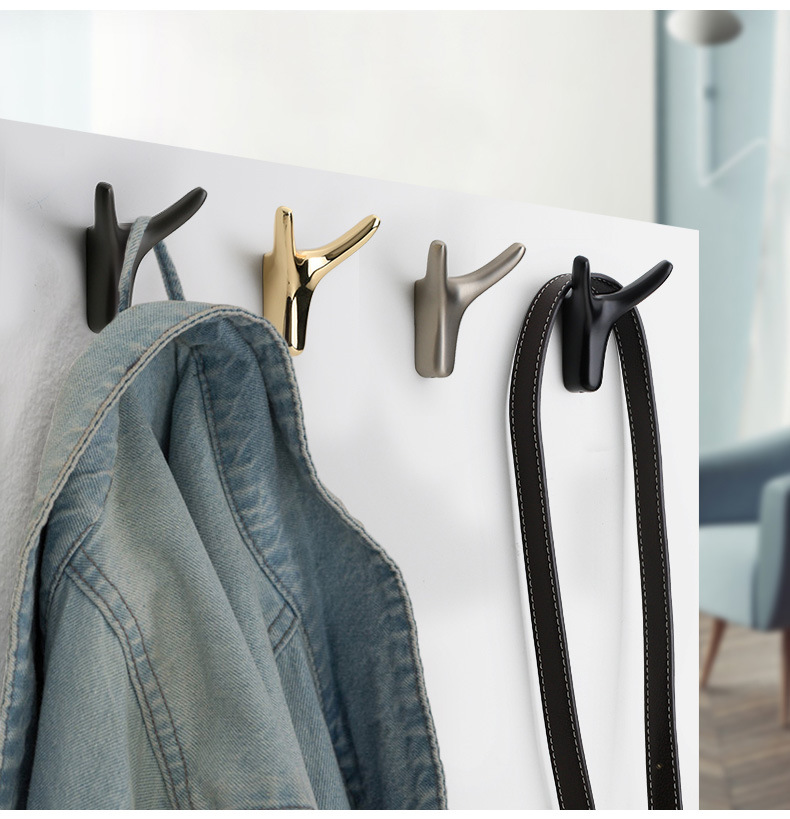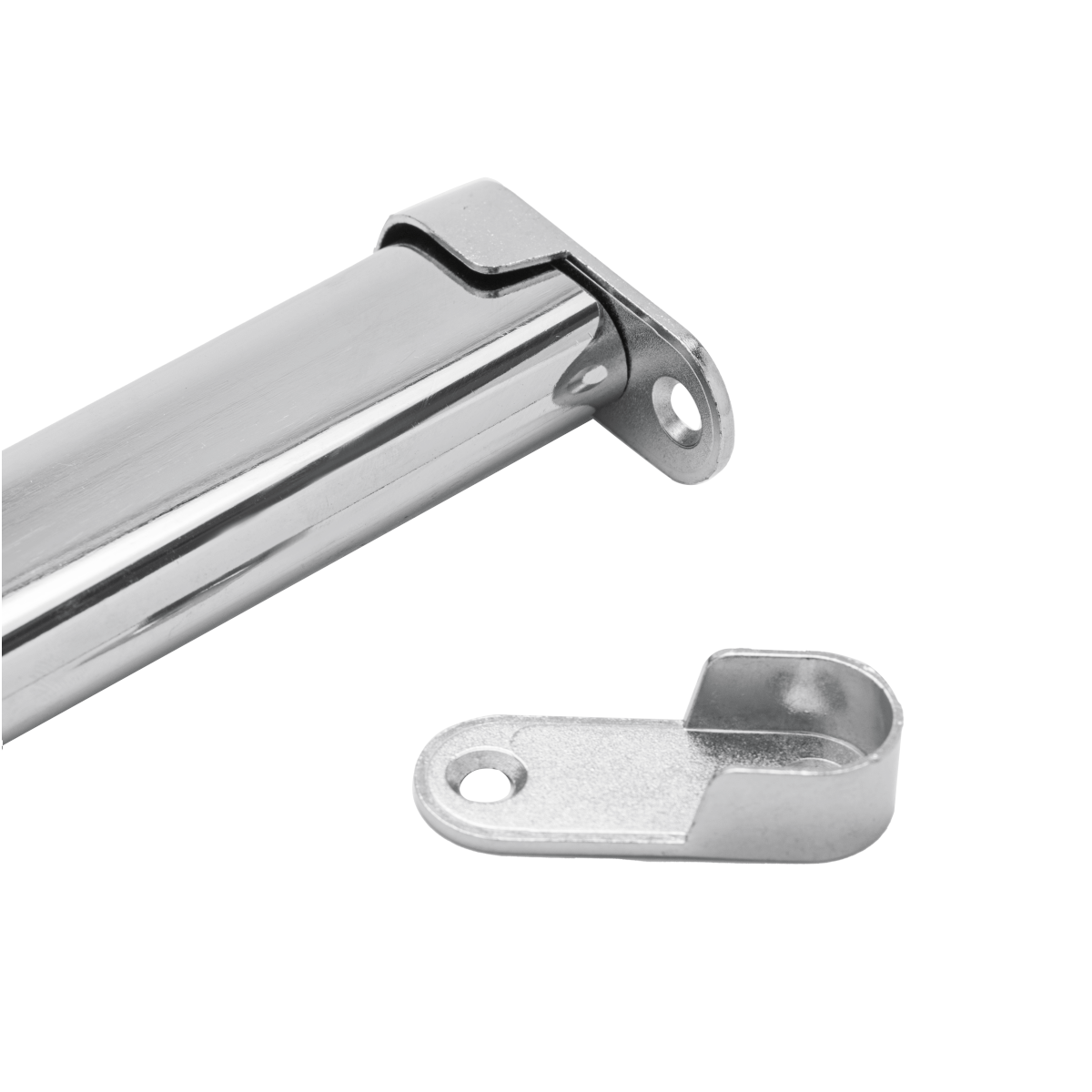
ABOUT
Guangzhou Toplink hardware Co., Ltd specialized in the production and export of furniture hardware fittings, with an experience of more than 14 years.
Our main products are drawer locks, cabinet hinges, sliding rails, cabinet handles, casters, cabinet legs and connecting fittings etc..
With a complete range of products, excellent performance and reasonable prices we have built up business with many customers all over the world.
We are committed to strict quality control and considerate customer service. We sincerely looking forward to becoming your best choice and the most reliable partner!
PRODUCTS
door latch spring replacement
A seemingly insignificant component, the door latch spring, plays a crucial role in the smooth and secure operation of your doors. From the gentle click of a properly functioning latch to the frustrating slam and potential security risks of a broken one, this small spring significantly impacts our daily lives. Understanding its function and how to replace it can save you money on costly repairs and ensure the safety and security of your home or business. This guide will delve into the process of door latch spring replacement, covering everything from identifying the problem to completing the repair. Whether you're dealing with a stubborn door that won't latch properly, a latch that's constantly popping open, or simply want to perform preventative maintenance, understanding the intricacies of this simple mechanism can empower you to handle the task yourself.
Identifying the Problem: Is it Really the Spring?
Before jumping into a replacement, it's crucial to correctly diagnose the issue. A malfunctioning door latch isn't always indicative of a broken spring. Other problems could include a misaligned latch bolt, worn-out strike plate, damaged door jamb, or even a problem with the door handle mechanism itself. Carefully inspect the latch mechanism. Does the latch bolt extend and retract smoothly? Is there any noticeable binding or resistance? Does the door close firmly and stay closed without excessive force? A weak or broken spring will typically result in the door latch failing to engage properly, leaving the door slightly ajar or causing it to open unexpectedly. The door might also feel loose or flimsy.
Listen closely for any unusual sounds. A clicking sound might indicate the latch bolt is struggling to engage, possibly due to a weak spring. A grinding or scraping sound could suggest other problems requiring separate attention. If you're unsure whether the spring is the culprit, it's often helpful to compare the operation of your problematic door with other similar doors in your home. This comparison can offer a better understanding of whether the behavior is normal or indicative of a problem.
Gathering Tools and Materials: Preparing for the Replacement
Replacing a door latch spring usually requires minimal tools, which are likely already present in most households. You'll typically need a screwdriver (likely Phillips head and possibly flathead, depending on your door latch design), a pair of pliers (needle-nose pliers can be especially helpful for accessing small components), and potentially a small hammer. It's advisable to have a replacement spring on hand before starting the repair. These springs are readily available at most hardware stores or online retailers, and you should ensure it's the correct type for your specific door latch mechanism. Taking a picture of the existing spring before removal is highly recommended, especially if you are unfamiliar with the type of latch mechanism.
Besides the essential tools, it's helpful to have a well-lit workspace. Good lighting will help you clearly see the intricate parts of the latch mechanism. Lay down a clean cloth or mat to prevent scratching or losing any small parts during the disassembly and reassembly process. Having a small container to keep screws and other removed components organized is also a wise precaution. This meticulousness prevents frustration and ensures a smooth replacement.
Disassembling the Door Latch: Accessing the Spring
The process of disassembling a door latch to access the spring varies depending on the specific design and manufacturer. Generally, you'll need to remove the door handle and possibly the faceplate to gain access to the inner workings. Begin by carefully removing any screws holding the door handle or faceplate in place. Often, there are screws located on the interior side of the door, but some designs might have hidden screws requiring careful observation and sometimes the use of a small flathead screwdriver to gently pry open decorative covers.
Once the handle and faceplate are removed, you'll be able to see the latch mechanism itself. Locate the spring. It might be a small, coiled spring located near the latch bolt. Gently remove any screws or clips that hold the spring in place. Be sure to note the spring's position and orientation. Sometimes, it's helpful to take pictures or make a simple sketch to ensure correct reassembly. If the spring is broken or severely weakened, you might find it easier to remove it with the pliers. Remember to work slowly and carefully to prevent damage to any surrounding parts.
Installing the New Spring: Reassembling the Latch
With the old spring removed, carefully install the new spring in the same position and orientation as the old one. Ensure the spring is correctly seated and that its tension is appropriate. There shouldn't be any excessive tension or looseness. Refer to the photographic or sketched documentation of the old spring for orientation. If the spring is improperly installed, the latch mechanism might not function correctly. Incorrect spring tension can result in the latch failing to engage or disengaging too easily.
Once the new spring is securely in place, begin reassembling the latch mechanism. Replace any screws or clips that were removed earlier. Take your time and ensure that everything is properly aligned before tightening any screws. Carefully reattach the faceplate and door handle, ensuring that all screws are firmly tightened. Test the operation of the latch several times to confirm that it’s working correctly. The door should now latch smoothly and securely, and there should be a firm, reassuring click when it closes.
Troubleshooting and Preventative Maintenance
If the latch still doesn't function correctly after replacing the spring, double-check your work, paying close attention to the spring's orientation and tension. If the problem persists, there might be other underlying issues with the door latch mechanism that require further investigation or professional attention. It's also important to inspect the strike plate. If it's worn or misaligned, it can prevent the latch bolt from engaging properly, even with a new spring. Adjusting or replacing the strike plate might be necessary.
Preventative maintenance is key to prolonging the life of your door latch springs. Regularly inspect your door latches for any signs of wear or damage. Lubricate the moving parts of the latch mechanism with a light lubricant, such as WD-40 or a silicone-based lubricant, to ensure smooth operation. This simple maintenance step can prevent premature wear and tear, saving you from costly repairs or replacements in the future. By understanding the simple process of door latch spring replacement and performing regular maintenance, you can keep your doors functioning smoothly and securely for years to come.
SUBSCRIBE
INQUIRY
